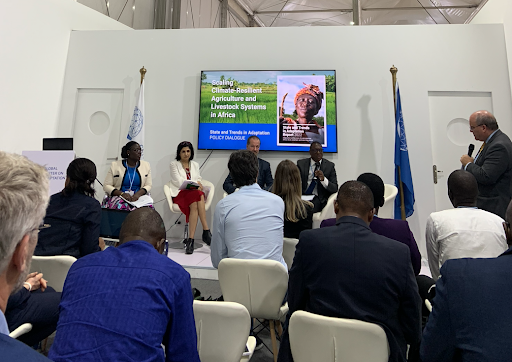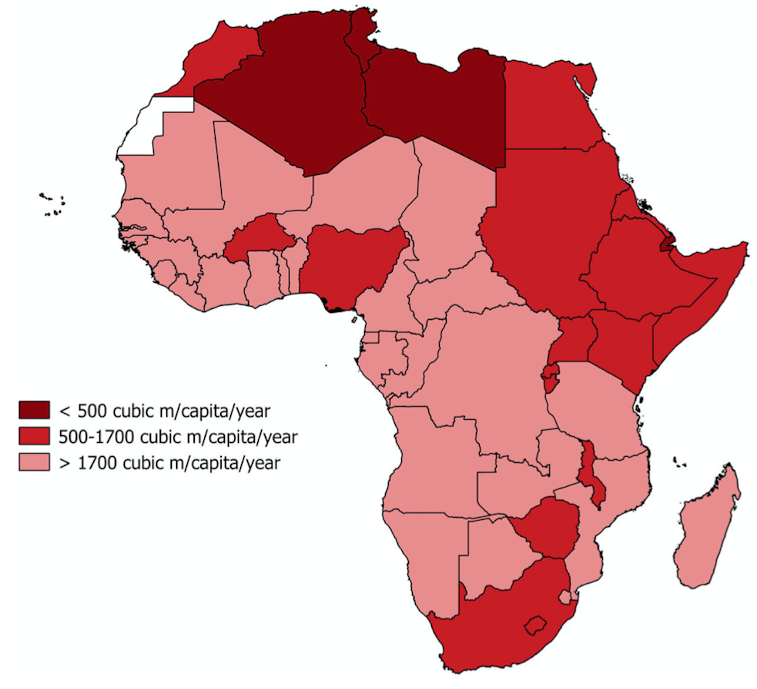Ancient Practices for a Greener Sahel
We have examined Sahel’s water and food challenges: a semi-arid climate; rapid population growth; soil degradation due to land clearing and inadequate water management. In this final entry, we will explore how these challenges are dealt with by smallholder farmers on the ground. The Sahelian regrowth As discussed previously, the French colonists conducted massive land clearing to set up large-scale irrigation schemes, such as ‘Office du Niger’, degrading the soil, displacing locals and taking many’s livelihoods. Under these preconditions, Niger experienced a combination of severe droughts, exploding population in the 1970s ( Derrick, 1984 ). In the hope to tackle the food shortages that followed, farmers cleared more land to expand agriculture, degrading the soil even further.Neiro, a 40 years old farmer from Maradi, Niger, witnessed these events first-hand ( Höije and Welch, 2022 ). As a child, his garden was covered with abundant, lush vegetation, and crops were thriving. Fast forwar...

